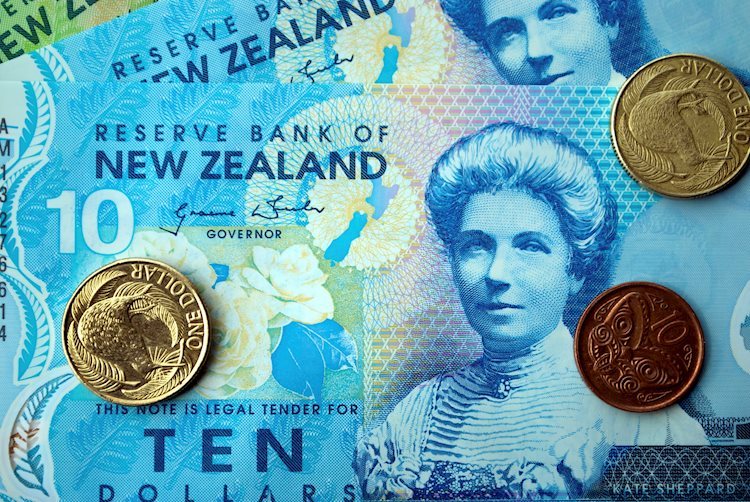The New Zealand Dollar (NZD), also known as the Kiwi, is a widely traded currency that is influenced by various factors, including the health of the New Zealand economy, central bank policy, and external economic conditions. The performance of the Chinese economy, as New Zealand’s largest trading partner, has a significant impact on the Kiwi. Any negative news affecting China’s economy can result in reduced exports from New Zealand, impacting the economy and the currency. Additionally, dairy prices play a crucial role in determining the value of the NZD, as the dairy industry is a major export for New Zealand. High dairy prices can boost export income, positively impacting the economy and strengthening the NZD.
The Reserve Bank of New Zealand (RBNZ) plays a crucial role in influencing the value of the NZD by focusing on maintaining an inflation rate between 1% and 3% over the medium term. The bank adjusts interest rates to control inflation levels, with higher interest rates helping to strengthen the currency by increasing investors’ interest in investing in the country. Conversely, lower interest rates can weaken the NZD. The rate differential between New Zealand and the US Federal Reserve also plays a significant role in determining the movement of the NZD/USD pair.
Economic indicators and data releases in New Zealand are essential in evaluating the state of the economy and can impact the valuation of the NZD. A strong economy characterized by high economic growth, low unemployment, and high consumer confidence is supportive of the NZD. Strong economic growth attracts foreign investment and may prompt the RBNZ to raise interest rates to combat inflation. Conversely, weak economic data can lead to a depreciation of the NZD.
The New Zealand Dollar (NZD) tends to exhibit strength during risk-on periods, when investors are optimistic about growth and perceive lower market risks. This positive outlook for growth also benefits commodity currencies like the Kiwi. On the other hand, the NZD is likely to weaken during times of market turbulence or economic uncertainty, as investors tend to sell higher-risk assets and seek refuge in safer-haven assets.
In recent developments, the NZD/USD pair has been on a downtrend, with the US Dollar receiving support following the release of the US Personal Consumption Expenditures (PCE) Index data. The data showed a 2.5% year-over-year increase in July, slightly below expectations. The CME FedWatch Tool indicates a 70% chance of at least a 25 basis point rate cut by the US Federal Reserve in September, impacting the outlook for the NZD/USD pair. Additionally, the RBNZ’s unexpected rate cut in August has increased expectations for further rate cuts in October and November, which could further weaken the NZD.
Overall, the New Zealand Dollar (NZD) is influenced by a combination of domestic economic factors, central bank policy, external conditions, and market sentiment. Understanding these key drivers can help investors and traders make informed decisions when trading the NZD/USD pair. Keeping an eye on upcoming economic data releases and central bank decisions will be crucial in assessing the future direction of the NZD.
















